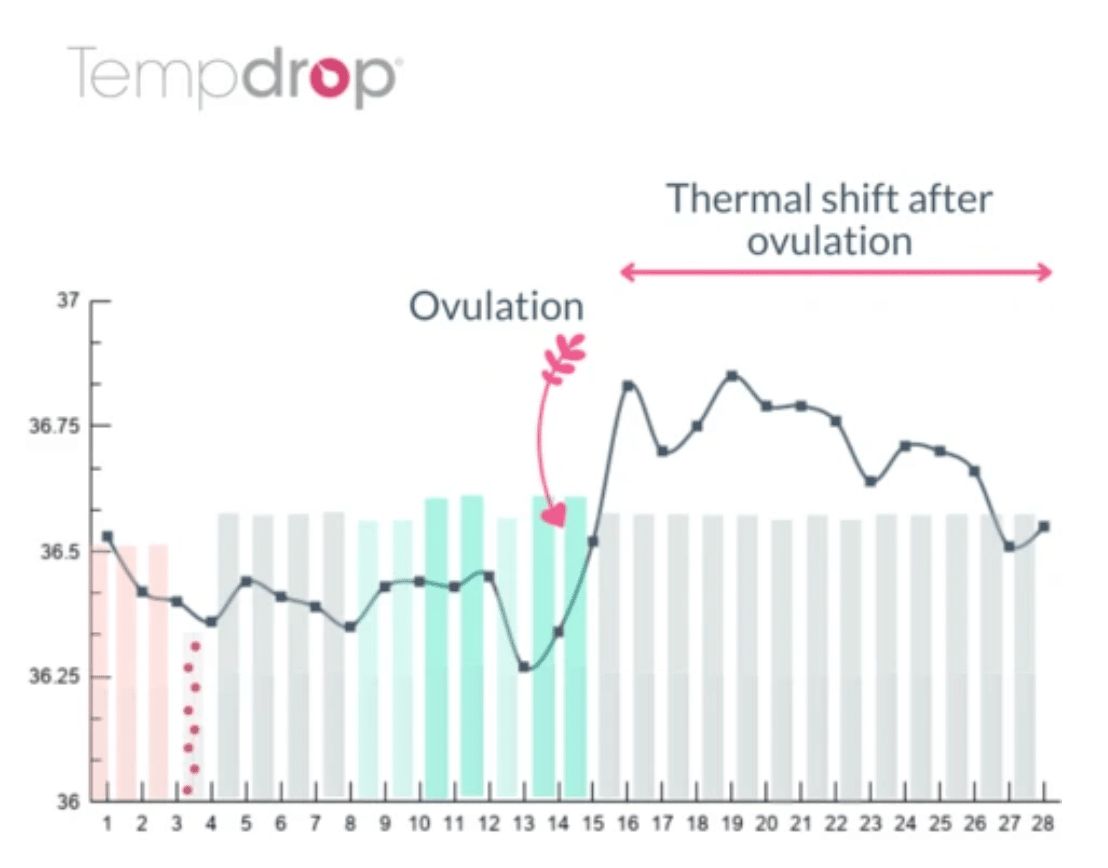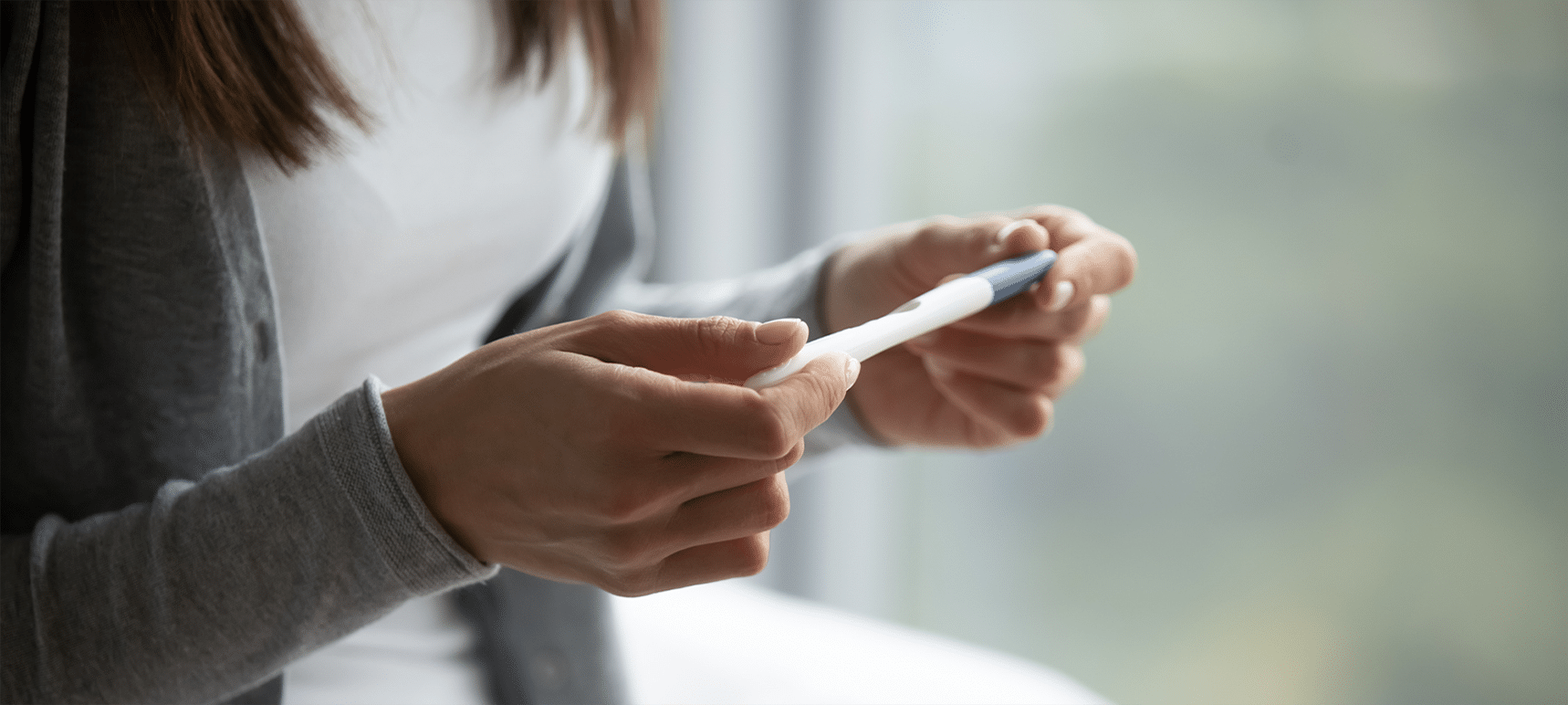
How to Track Your Menstrual Cycle
If you are trying to get pregnant, it is helpful to know when your windows of opportunity to conceive are, in relation to your menstrual cycle. A menstrual cycle is dated based on the first day that you have any bleeding (the beginning of a menstrual cycle), until your next first day of any bleeding (the beginning of your next menstrual cycle). The number of days from the start of one period to the start of a next menstrual period is typically about 28 days, but it varies from woman to woman, and even may vary from one cycle to the next. Don’t worry if your cycles are typically a few days longer or shorter than 28 days. However, if you find that your cycles are significantly shorter or longer than about a month between the start of one menstrual period and the start of another menstrual period, make an appointment with one of our Diana Health certified nurse midwives, a physician, or a CNM in your area if you do not live in a region that has Diana Health access. In order to get pregnant, you need to be ovulating (releasing an egg) and an easy way to tell if you are likely ovulating is if you have a regular menstrual cycle where you have bleeding beginning about every 28 days (+/- a few days).
Start by keeping track of what days you are bleeding. Count from the first day of any bleeding, even if it is just spotting. You can use one of several phone apps or website programs to track this, or just make note of it on your private calendar. This should allow you to hopefully see a cycle. If you struggle with getting pregnant after a few months or if you realize that your cycles are irregular, it will also provide useful information for you to share with your healthcare practitioner. Visit self.com to learn about some of the most widely used apps to track your menstrual flow. You can also use the ovulation calculator from WebMD or the government’s Office on Women’s Health.
Most women can conceive (get pregnant) for about 6 days during every month or menstrual cycle. The five days prior to the day that you ovulate (release an egg) as well as the day that you release an egg (and possibly into the next day), are the days when you are fertile. This is when having sex is important if you want to get pregnant.
Fertile Day Tracking:
In order to find out when these fertile days happen during your monthly cycles, you need to know how long your typical cycles are (start of one menstrual cycle to the start of the next). After doing this for a few months, you’ll know the typical length of your cycles. Then subtract 18 from the number of days in your shortest cycle. Next subtract 11 from from the number of days in your longest cycle. These are the first and the last dates that you are most likely to conceive.
On a calendar, mark day 1 as the first day that you have any bleeding and find these two dates (first and last days that you are most likely to conceive) and count out that many days on your calendar. That way you will know the best window for having sex.
Try to have sex during the window. It is not necessary to have sex daily during your fertile window, but you may want to try to have sex a couple or few times during it to increase your chances of success if it feels right to you and your partner.
Basal Body Temperature:
Some women want to track their basal body temperature (your temperature as soon as you wake up every morning) when trying to conceive or determine your optimal times for fertility. You can get a special basal body temperature thermometer at many pharmacies or online that are more accurate than most typical thermometers. For more information on choosing the best thermometer for you, visit verywellfamily.com as well as this website with some top picks. Take your temperature as soon as you wake up every morning and write it down or put it into an app or your calendar. Your basal body temperature is your lowest resting body temperature which usually occurs while sleeping. This is why it is advised to take it upon waking. Once you get out of bed and become physically active, your temperature will likely rise and/or be impacted by your activities throughout the day. Take your temperature before you have anything to eat or drink, or before you move around. Ideally, you would take it at the same time each morning and have your thermometer by your bed to take your temperature before using the bathroom or starting your day. You may see a slight dip in your basal body temperature prior to ovulation as described on the Univ. of Michigan Health website. After you ovulate, your temperature will be slightly higher than your typical temperature before ovulation. Your temperature will likely stay a little higher until your next menstrual cycle starts. Tracking this can give you more insight as to when you are likely ovulating. Research shows that for about 2-3 days prior to ovulation as well as another day after that are your most fertile times. Tracking your basal body temperature may help you understand if and when you likely ovulated. If you have any confusion over how to interpret your basal body temperature charts of the information that you are getting from a fertility/period tracker, reach out to us at Diana Health so that we can connect you with one of our women’s health experts.

Cervical Mucus:
Another way to learn more about your fertility is by checking your cervical mucus. Just before ovulation, cervical mucus (mucus that is produced by the cervix or the part of your uterus that is at the upper most part of your vagina) becomes clearer and slipperier due to the hormonal changes that happen at this time. It is sometimes described as being somewhat like an egg white. If you touch your cervical mucus during this time, you may notice that it can stretch between your fingers. During this time when your mucus is most similar to an egg white, is when you are typically most fertile (about 3-4 days). At other less fertile times, cervical mucus is typically stickier, whiter or non-clear, and cannot be stretched between two fingers. For more information on tracking cervical mucus, visit this Healthline website.
If you want to check your cervical mucus, be aware of how the mucus looks on a tissue or toilet paper. With clean hands, you can also touch the opening of your vagina and then note how the mucus looks and feels. You can track this in an app or on a piece of paper or your phone. You will likely notice regular changes in your cervical mucus that help you understand when you are most fertile. There are medications or other conditions that can change your cervical mucus, but it may be a useful additional tool when learning more about your most fertile times.
Ovulation Predictor Kit:
You can also use an over the counter ovulation predictor kit if you want to know whether or not you are ovulating. Follow the instructions on the kit that you purchase. The kit’s instructions will likely ask you to urinate on a special stick/device and then read the results. Your healthcare practitioner can also order a blood test that check for ovulation. For more information about ovulation predictor kits and how to use them, visit this American Pregnancy website.
Remember, if you have tried to conceive for 6 months without success or you have any questions or problems while trying to conceive, reach out to your CNM or physician. Also, keep in mind that it is always recommended to have a preconception check-up with your CNM or physician and also be taking a prenatal vitamin with folic acid for at least a few months prior to conceiving. As your partner and you prepare to try to conceive or are trying to conceive, consider encouraging your partner to visit their healthcare provider too, as a healthy family is ideal for supporting a new baby!
Share This Post
























